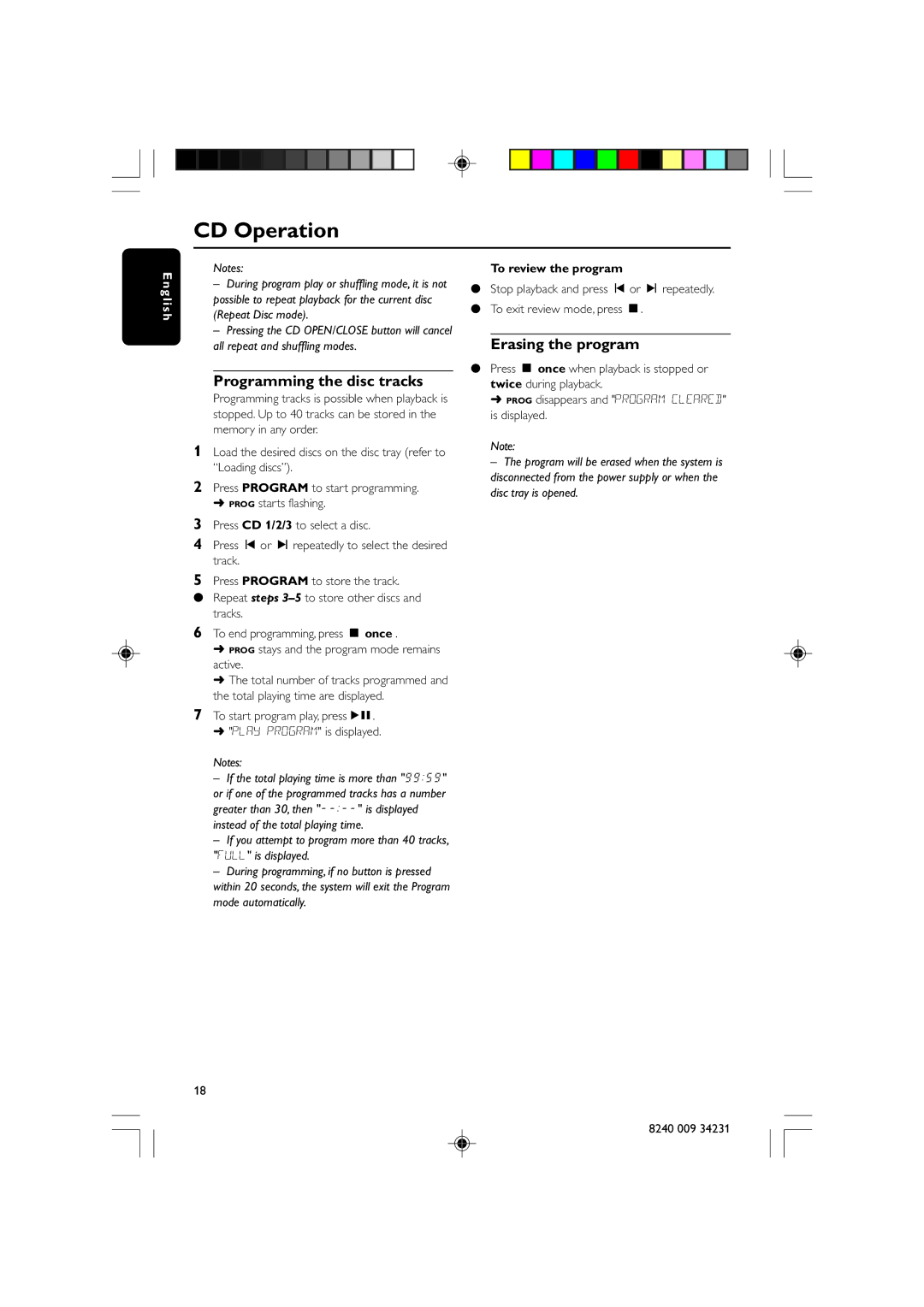MAS-80 specifications
The Magnavox MAS-80 is an intriguing piece of vintage technology from the early era of home computing. Originally released in the late 1970s, this microcomputer was among the first machines designed for personal use, making significant strides in the democratization of computing. The MAS-80 is built on the architecture of the popular Intel 8080 microprocessor, and it is often remembered for its innovative designs and user-friendly features.One of the notable features of the MAS-80 is its modular design. Users could customize their systems by selecting various peripheral options, including floppy disk drives and printers. This flexibility allowed for a more personalized computing experience, catering to different user needs, from home users to small businesses. The integrated keyboard was another significant advancement, providing a more intuitive input method compared to earlier systems that relied on punch cards or toggles.
The MAS-80 was equipped with a substantial amount of memory for its time, allowing users to run more complex applications than many of its contemporaries. With up to 16k of RAM, the computer facilitated better multitasking capabilities, enabling users to execute various programs simultaneously. The built-in BASIC programming language also encouraged users to explore programming, fostering a culture of learning and creativity.
Networking capabilities were fairly limited in the MAS-80, but it did include support for serial communication, which allowed users to connect to modems and exchange data with other computers. This feature laid the groundwork for future developments in networking and internet communication.
Another notable characteristic of the Magnavox MAS-80 is its display technology. The system typically utilized a monochrome monitor, which was common in that era, but it offered compatibility with a range of display types. The clarity and responsiveness of its graphics made it a popular choice for educational purposes, business applications, and even simple gaming.
In conclusion, the Magnavox MAS-80 stands out as an important milestone in the evolution of personal computing. With its modularity, ample memory, and educational potential, it played a significant role in shaping the landscape of computing technology during the late 20th century. Although it may not match the computing power and sophistication of today’s systems, the MAS-80 is a testament to the ingenuity and vision of its creators, and it remains a treasured piece of computing history.

